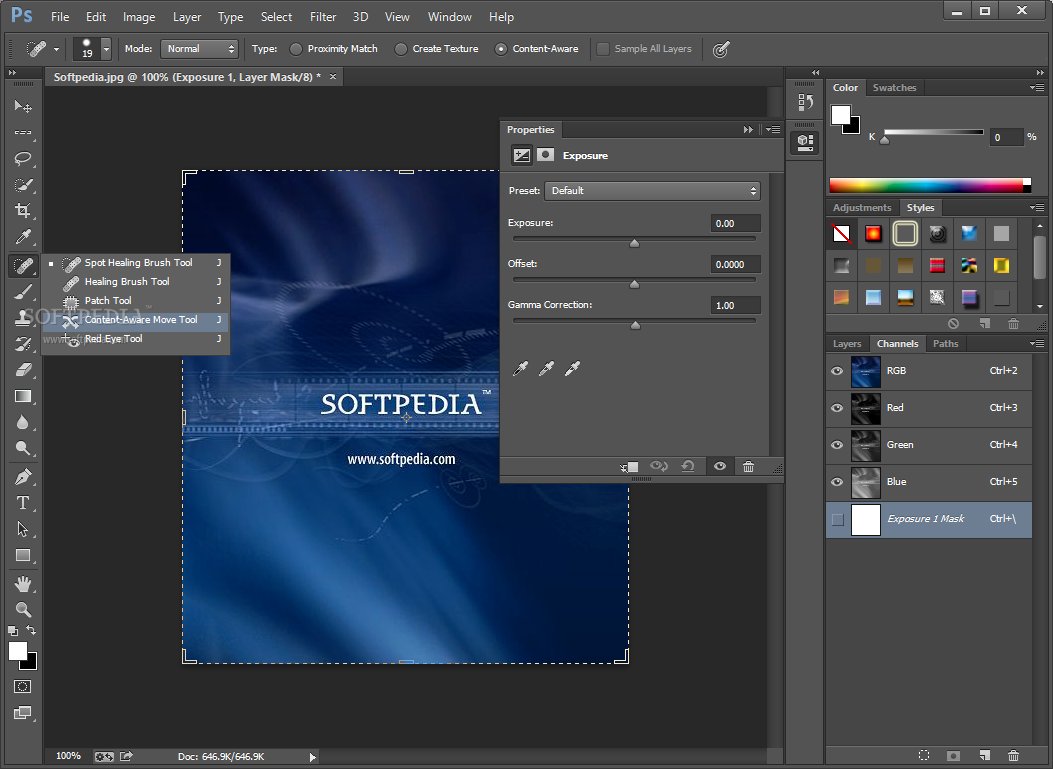
Adobe Photoshop team posted a long article about the changes in Photoshop, how extensions and plugins work, and the underlying new technologies. If you are like me and use extensions and external add-ons for Photoshop that you can’t live without, it might be a good idea to wait. Of course, developers will come out with updates at some point, but exactly when is anybody’s guess. Mostly, I am disappointed in Adobe’s communications (or lack thereof). It is frustrating because I can switch to the M1-version and see how good Photoshop could be on the new platform. Adobe wants us to get in touch with the extension developers to see if they are offering upgrades.įor me, this has meant going back to the Intel version (via Rosetta). I ended up on their support website to get the answers.

#The photoshop for mac software
After a few tries at rebooting the software and the computer, I was perplexed. Like many, I was forced to re-install those extensions, only to find them absent. In its breathless blog post and news releases around the new M1-Photoshop, Adobe (intentionally, I suspect) failed to mention that extensions weren’t working. The shift to UXP is visible with the M1-Mac version of Photoshop. According to Adobe, “UXP provides modern JavaScript, a curated selection of UI components, and a more streamlined workflow for plugin developers.” In the past, Adobe used CEP (Common Extensibility Platform), which used web-based technologies like CSS to make the extensions work. And none of them work with the new Photoshop.Įxtensions are not working because Adobe has shifted to a new way of writing extensions - specifically, using UXP.

Other extensions for color grading (including Adobe’s own Color Themes) and additional tune-ups are also part of my flow. For instance, I use some extensions that allow me to pursue highly granular masking via luminosity masks. The M1-Photoshop is pretty useless for those - like me - who use third-party extensions as part of their editing workflow. Many have been gobsmacked by the software’s performance on M1 machines. The application has garnered gushing reviews across the board. Adobe promised a brand new M1-version of Photoshop in March 2021.
#The photoshop for mac pro
Even the Intel-based Photoshop performed well on the 13-inch MacBook Pro with an M1 processor. What made my decision easier was that Adobe’s Photoshop Beta was spectacularly fast. With Apple ready to switch to its silicon, I decided it was time to sell those machines.

My models were packed with memory and top-of-the-line graphic processors, and as a result, I could breeze through my photo edits. Photoshop was the solitary reason I owned an iMac Pro and a MacBook Pro. It gives me much better (and granular) control over my edits. I like the layer-based approach to editing photos. It didn’t have the bells and whistles of its desktop-based big brother - and since I didn’t need them, I don’t miss them.

It offered easy access to all my digital negatives and edited files anywhere, anytime. I was an early convert to the cloud variant of the Adobe Lightroom photo library tool. And one of those applications from the past I absolutely can’t live without is Adobe’s Photoshop.īarring minor adjustments to fix the vagaries of the lenses, I don’t use Lightroom. It will be a huge boost for desktop computing, which remains stuck in the past when it comes to applications. And most importantly, it has excellent battery life. From the day I first laid eyes on the M1-based Apple’s MacBook Pro, I have been a massive fan of the machine.


 0 kommentar(er)
0 kommentar(er)
